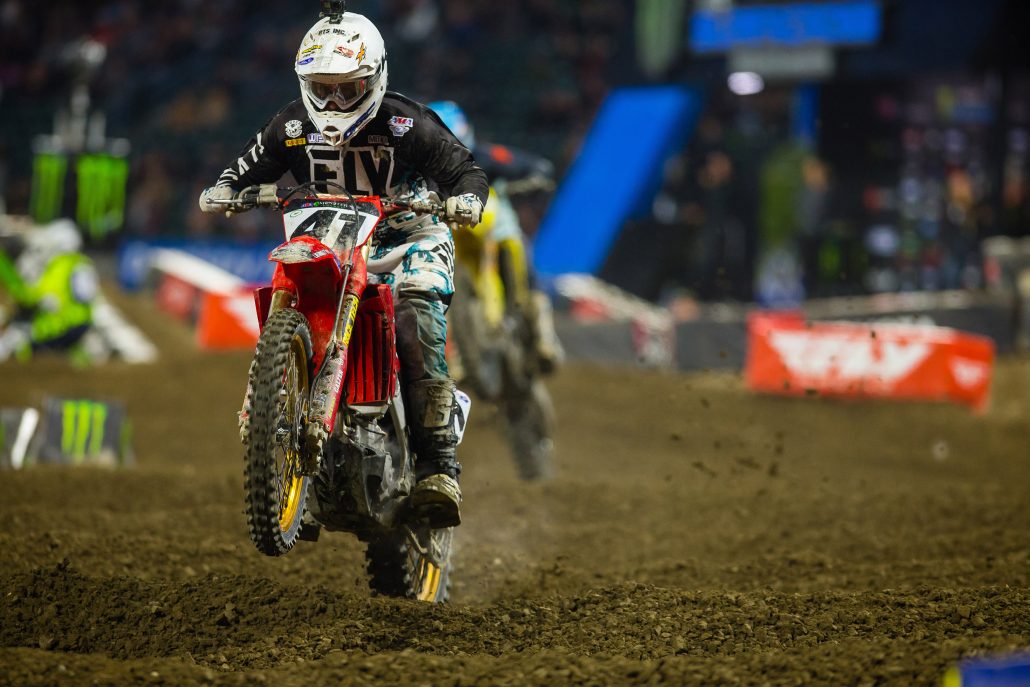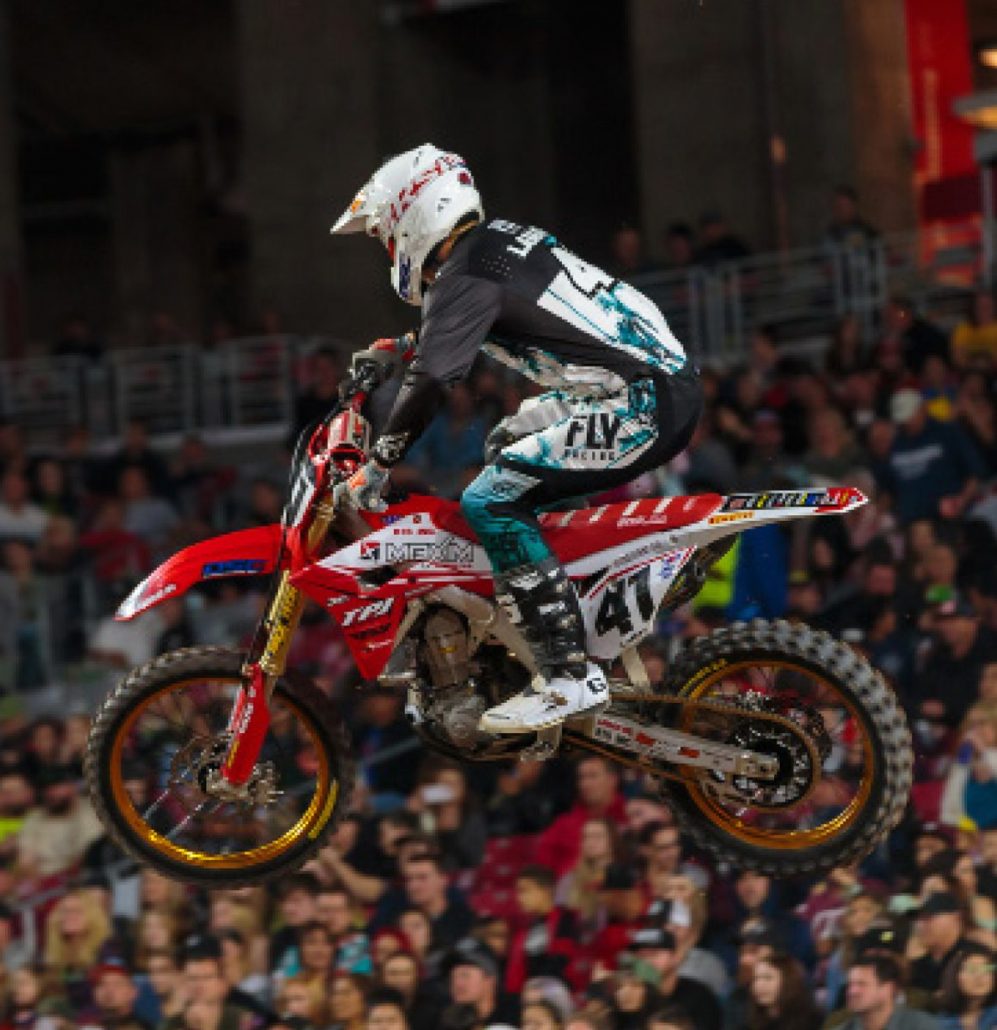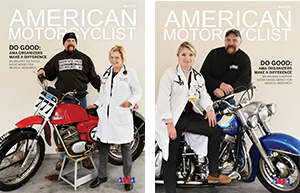AMERICAN MOTORCYCLIST MARCH 2019
Against the odds
Privateers battle factory riders in top pro classes

AMA Supercross competitor Ben Lamay
While top factory riders are often the face of professional motorsports, many pro motorcycle racers are not paid or supported by manufacturers.
Privateers, as they are called, shoulder much of the financial burden of their racing activities and must find ways to balance the demands of professional racing with family life and off-track careers.
Here are the stories of three privateer racers who have experienced successes and setbacks in their pursuit of competition excellence.

Ben Lamay – Supercross
AMA Supercross competitor Ben Lamay traveled a long way to get into the ranks of the series’ premier 450SX class.
The Anchorage, Alaska, native and his family lived a nomadic life from 2000 through 2009 to support Lamay’s racing aspirations. His parents and sister lived with him in a motorhome during his amateur career.
Since he turned pro in 2008, he has had small tastes of the factory rider life, but has spent the majority of his Supercross career as a privateer. In the 2019 season, he is racing a Honda for the TPJ Racing Team in the Monster Energy AMA Supercross 450SX Class.
He said he started riding motorcycles at 3 years old, when he received a Yamaha PW50 as a Christmas present. Lamay credits his father with getting him into motorcycle racing, and got as much riding in that he could with Alaska’s short riding season.
Lamay said that, as his skills developed, his family decided to drive to the amateur Supercross races in Las Vegas in 1999 to give him an opportunity to show what he could do. He then began competing in amateur national championship events like the Mammoth Motocross and AMA Amateur National Motocross Championship at Loretta Lynn’s.
He turned pro in 2008 and made his debut in the AMA Supercross support class in April 2009 at the Salt Lake City round. He made his premier class debut at Salt Lake City in 2011, and became a regular in the 450SX class in 2015.
After taking two seasons off of AMA Supercross competition, he began riding with the TPJ team full-time in 2018.
Lamay said one of the biggest challenges privateers face is not on the track, but off of it. He said he pays for his travel to and from races and race entry fees himself. He flies to events on Thursday, helps his mechanics get the bike set up and helps set up the team’s paddock presence on Friday, races on Saturday, then flies home on Sunday.
While Lamay has had to work during the time between rounds in the past, he now focuses on performing well enough in Supercross racing to make a living. Though he said it can be hard financially if the on-track results are not strong for a round or two.

Lamay riding his Honda CRF450R in AMA Supercross competition
Lamay says that while factories obviously have access to resources that privateers do not, he doesn’t believe major changes are necessary to balance the playing field between factory and privateer efforts.
“The stock bikes are really, really good,” he said. “Privateers simply have to work harder to go the same speed as the factory riders.”
His advice to other privateer AMA Supercross riders is to stay humble and not get overexcited at the opportunity they have.
“It’s easy to mentally hurt yourself at the start of races,” he said. “Just stay calm and focus on you.”
He also said the privateer lifestyle isn’t for everyone, as it is difficult to balance the racing and non-racing aspects of his life.
“It’s easy to get burnt out,” he said. “It doesn’t affect me too much, but it can stress out other riders.”

